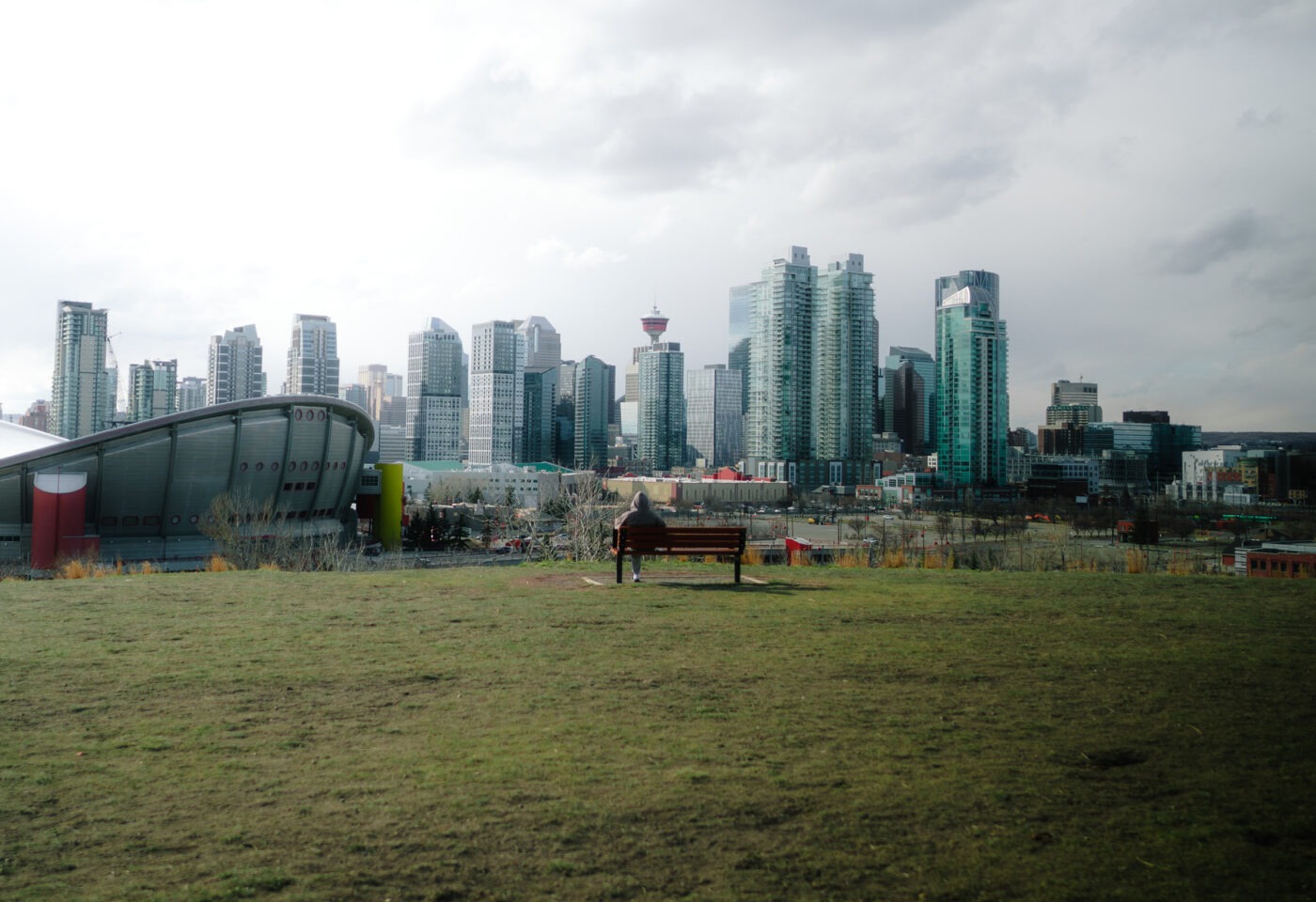By Janet Lane & David Finch
Published in the Globe and Mail
April 4, 2022
Canada relies on trade for two-thirds of its GDP. So, to put it mildly, trade is important – as is setting policy for this trade.
For much of the last half century, Alberta was a magnet for young adults. Each year, 8,000 people in Canada between the ages of 15-29 migrated to Alberta, making it one of the youngest provinces.
In 2016 that all changed, and for the first time since 1988 more young adults moved out of the province than in. By 2021, the combination of an aging population and out-migration left Alberta with 9 per cent fewer 25-to-29-year olds than it had in 2016.
So, what is happening?
Today the prosperity of regions is defined not only by proximity to natural resources, but by the ability to attract, retain and develop the best talent. Alberta is in the crosshairs of this new reality, which brings both challenges and opportunities to the province and its citizens.
To explore this change in migration patterns, we conducted a year-long study to understand the factors that influence the mobility of young people. We found that viewing mobility through a narrow economic lens misses half of the problem and risks accelerating it. Economic conditions, ranging from employment prospects to affordability, combine with several interdependent factors that policy-makers, community leaders and employers must consider as part of a cohesive strategy to bring back and keep young people in Alberta.
These factors include:
Quality of life: We define this as the intersection of three factors: people (proximity to family, friends and networks), place (natural and built amenities) and economy (jobs and affordability). How a young adult weighs the relative importance of each defines their values and provides a basis for their comparison of communities.
Life stage: For young adults, each life stage is framed by what we call “moments of truth”: completion of high school; completion of postsecondary education; and making a move to advance a career or settle with a life partner. We found that each stage often triggers a recalibration of their values.
Social identity: For most young people, community is more than just a place to live; it is an extension of social identity. Like life stage, social identity influences their perception of value. For example, we might question a young adult who chooses to live in a small studio condo in downtown Vancouver when they could rent a far larger condo for half the price in Calgary. But for them, Vancouver is not just a city; it’s a projection of who they are or who they want to be.
The interdependency of the above three factors anchors what is arguably the most important and biggest challenge facing the province: the role of story.
Marketers have long recognized that the best product is not always the most successful. Rather, success comes from combining the best product and the best story. Perception is reality and therein lies the real threat to Alberta.
Objectively, Alberta in 2022 is a compelling product. It ranks near the top on almost all the quality-of-life factors important to young people: diverse career and learning pathways; world-class outdoor adventures; arts and entertainment; vibrant and ethnically diverse cities; a responsive non-profit sector; affordable housing; and some of the best health care in the country.
However, young adults in the province say they are more likely to move out of it, rather than within it. There is a major gap between their perception and the reality. When young people in the study were asked to draw a picture of an “Albertan,” 90 per cent of participants drew the stereotypical middle-aged Caucasian cowboy and his truck. This, even though Calgary and Edmonton are now two of Canada’s most ethnically diverse cities.
Similarly, they massively overestimated the proportion of Albertans directly employed in the oil and gas industry. Young people believe they must leave to pursue careers in high-growth areas such as creative industries, arts, sustainability, technology and sport. Alberta’s long-standing stereotypes are sticky.
To change these perceptions, the province’s leaders must begin by helping young people realize the breadth of truly diverse jobs that are already here and are coming to Alberta. We must also ensure that our communities are inclusive and friendly to this cohort. And we need to do more.
Storytelling plays a critical role in connecting people through a shared sense of purpose and belonging. Alberta’s story – and the stories of each of its cities and towns – is the shared responsibility of every citizen, every day. It is up to all Albertans, whether through social media or over coffee, to tell the current story of a progressive and confident province with its eyes fixed firmly on the future. That is our story.
Janet Lane is the director of the Human Capital Centre at the Canada West Foundation. David Finch is a professor and Senior Fellow with Institute for Community Prosperity at Mount Royal University.
